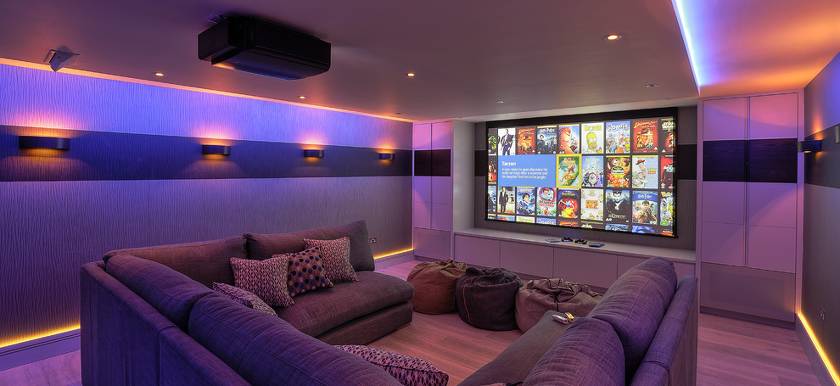First of all, it is necessary to take into account the operating conditions of the device. The purpose of the equipment is classified according to the class of the room: installation projectors, for study, presentations, at home. We are interested in the latter option. You can familiarize yourself with our rated projectors for a home theater, but to begin with, we recommend deciding on a number of important parameters.
Projector Luminous Flux
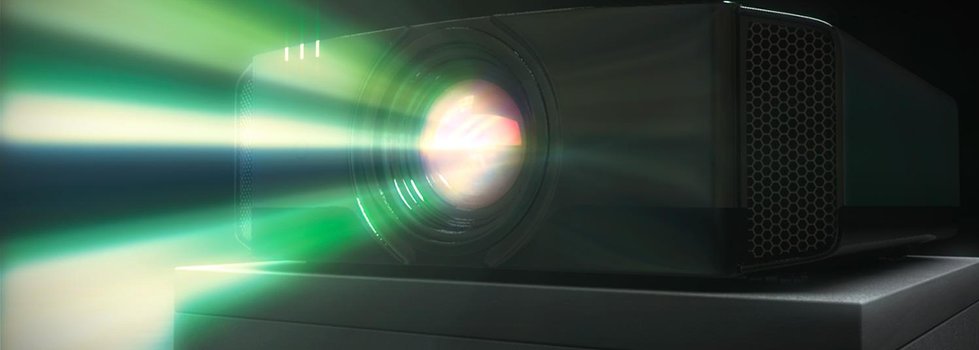
This parameter characterizes the light power of the device, which is measured in lumens. Often, to simplify the complexity of choosing a projector for users, manufacturers call luminous flux brightness, but this is not entirely correct. You should know that this characteristic depends on the level of lighting and screen size. For example, to create a high-quality picture without light with a diagonal of 125 inches, 1,500 lumens is enough. For an 80-inch display, 600 Lm is enough. It follows that the brightness of the projector should be several times more powerful than the level of lighting.
Optimum contrast
This characteristic is responsible for the ratio of the brightness of white to black. It should be noted right away that for rooms with good lighting this parameter does not play a special role. But, if you want to choose the right projector for your home theater, then you should pay attention to the following facts:
- the higher the contrast, the darker the colors;
- high contrast can improve the quality of gradations in brightness;
- C2 Fine based matrices provide the best contrast;
- A deeper color is achieved when using the auto iris.
Thus, it is important not only to pay attention to the numerical value of the characteristic, but also the quality of the matrix. In particular, the budget segment of single-matrix DLP devices provides high contrast, but it will be accompanied by the appearance of a bright color loop in the form of a rainbow.
Projector Resolution for Home Theater
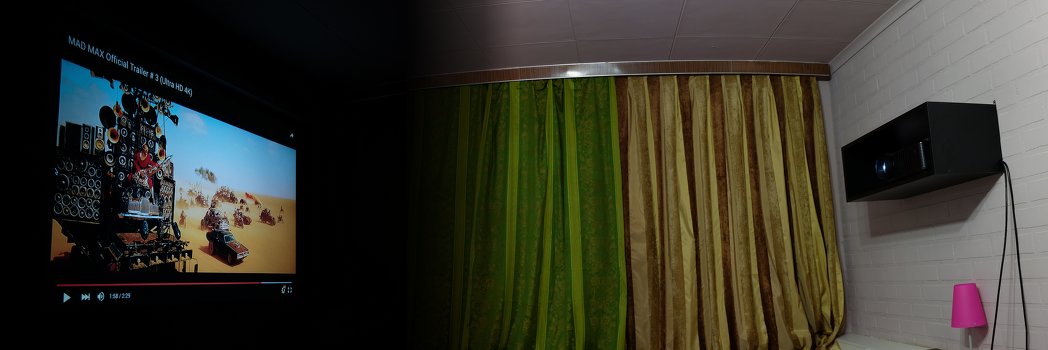
One of the main parameters for choosing a projector is resolution. It is important to consider that it is dependent on the shape of the screen. In this case, the characteristic must be selected taking into account the requirements set by the projector:
- Wxga (1280 by 800) - a budget option for work tasks;
- Full hd (1920 by 1080) - for watching movies in high quality;
- 4K (3840 by 2160) - improved resolution, for which there is still not too much content, but the future lies with it.
Models of the High-End category also appear, equipped with increased functionality to create a clearer picture. But they are very expensive.
Image quality
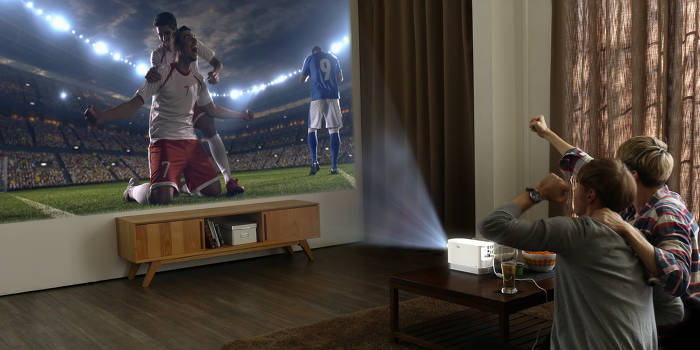
In addition to light output, color brightness, aspect ratio and contrast, picture quality depends on a number of other parameters, including white balance, color gamut and gamma. The last three characteristics, figuratively speaking, personify the color rendition.Together, they allow you to evaluate how correctly different colors are mixed in the right proportion. Therefore, when choosing a good home theater projector, you should consider the following characteristics:
- White balance - With the right balance of colors, gray and white look natural. In budget models, a yellowish or blue tint can be seen. Therefore, you need to pay attention to the color temperature immediately. If you buy the device on the Internet, pay attention to the reviews;
- Color gamut - This characteristic is responsible for the saturation of colors. In most cases, professionals test red, blue, and green. This is enough to determine the quality of the matrix. If you do not know how to choose a projector for 4K or Blu-ray files, focus on the “sRGB” standard;
- Color spectrum - considers optimal 30% white without underestimating the brightness. If the projector receives a command of up to 70% white, the image is not contrasted. If less than 30% - dark.
Distance to Screen Width Ratio
There are telephoto, short-focus and installation projectors. The first option is designed to display high-quality images up to 2 m wide from a distance of 4 m. The second type of projectors provides an image width of 1.5 m from a distance of 1 m. Installation models are equipped with interchangeable optics. Accordingly, you can buy a lens if you did not take this characteristic into account in time or decided to change the distance. As for the installation method, it can be desktop or ceiling. The latter option is designed only for the operation of short-focus projectors.
Projector selection tips from professionals
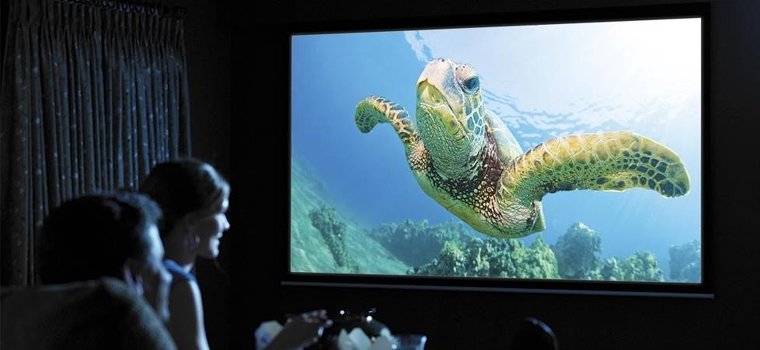
Conscientious manufacturers always indicate the estimated life of the lamp used in the projector, but not all users pay attention to this indicator. When choosing a projector, experts advise buying models with the A / V mute function. ” This mode will increase the lamp life by temporarily darkening the picture when using good lighting. It also favorably affects the resource with a high-quality air filter, which prevents dust from entering this part. Another important factor is the cooling system. The better it is, the longer the lamp will last.
What to look for when buying?
The standard set of interfaces for most models includes an HDMI and VGA port. The sound is usually built-in. When choosing a projector for schools, universities, you also need a microphone input, but in everyday life it is not needed. Additionally, USB outputs for connecting removable media, a mouse can be installed. Installation models also use HDBaseT to transmit information over long distances.
As for network functions, their main task is to project a picture through a wireless network. As a rule, Epson models are equipped with this option. If you plan to use mobile devices, you will need an HDMI output with MHL support.
Projectors with 3D support are considered very popular. Unfortunately, the cost of such models is much higher. At the same time, there is still not too much content to watch movies in the specified format. We hope that this guide is enough for you to be able to determine the optimal characteristics and choose a projector for your home theater, taking into account your needs. Good luck


